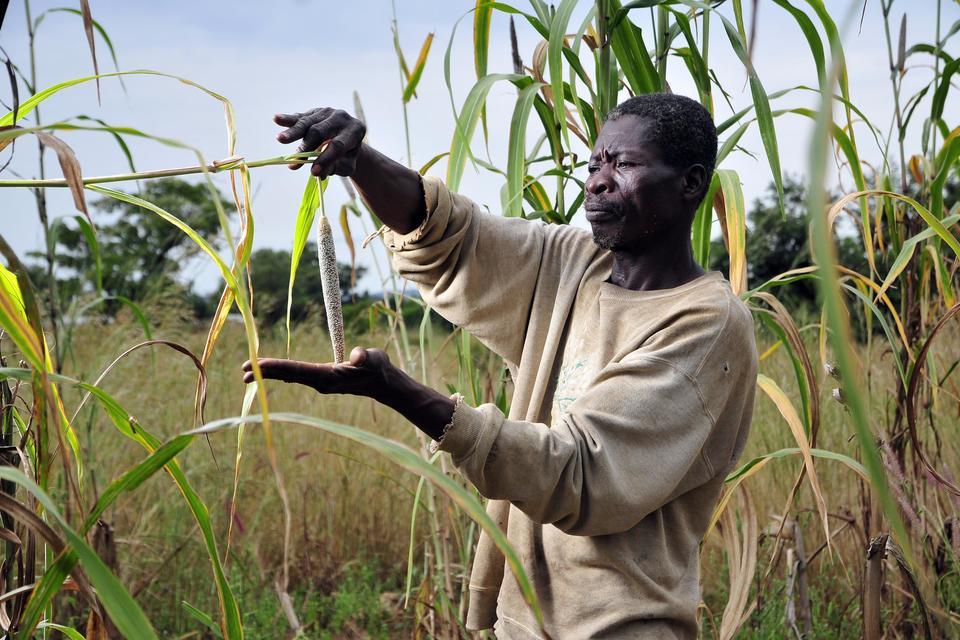Millet: From Ancient Grain to Staple Crop for Future Food Systems
- From
-
Published on
05.08.24
- Impact Area

While millets were amongst the world’s first cultivated crops, production and consumption decreased during the 20th century, especially since the Green Revolution (1960s-1980s), when high-yielding grains such as wheat and rice began to dominate food systems. However, growing awareness of millets’ nutritional benefits and potentially low environmental impacts have increased interest in these grains across the world (reflected by the United Nations’ ‘International Year of Millets’ in 2023), leading to an increase in production and consumption. So, how can millets accelerate global climate change action and food security?
Related news
-

CGIAR Climate Security team pilots a new research approach for the development of Nature-based Solutions in fragile settings
Ibukun Taiwo27.11.25-
Climate adaptation & mitigation
Responding to complex crises requires new systemic research approaches that help identify entry poin…
Read more -
-

Drones prove their worth in measuring livestock methane in Africa
International Livestock Research Institute (ILRI)26.11.25-
Mitigation
In May 2024, the International Livestock Research Institute (ILRI) and partners shared news of the…
Read more -
-

Pioneer adaptation farmers inspire adoption of climate-smart innovations in Bomet County, Kenya
International Livestock Research Institute (ILRI)24.11.25-
Adaptation
In Bomet County, Kenya, where agricultural traditions run deep, two families and their farms are…
Read more -
